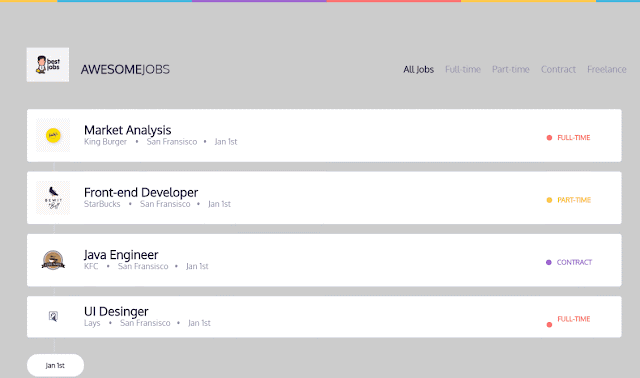jQuery side lightBox--Strip.js

Strip is a Lightbox that only partially covers the page. This is less intrusive and leaves room to interact with the page on larger screens while giving smaller mobile devices the classic Lightbox experience. Github Documents Step1: link latest jQuery library Link strip.css and strip.js Step2: usage in HTML One image with caption and options selected. More options here Multiple images for a group with captions. Loop images sliders. Step3: A little css dressing Quick Usage &commercial use free! x






